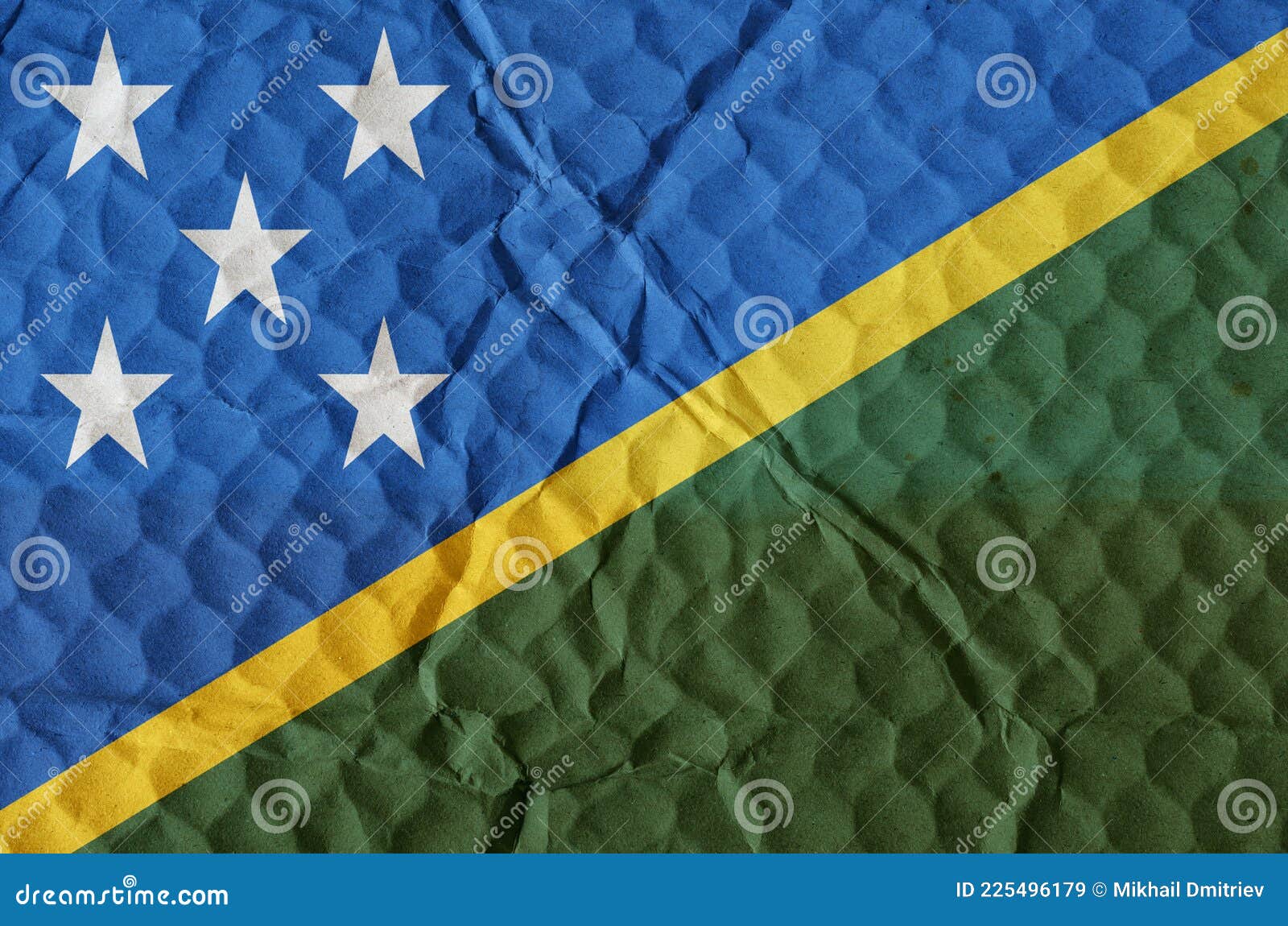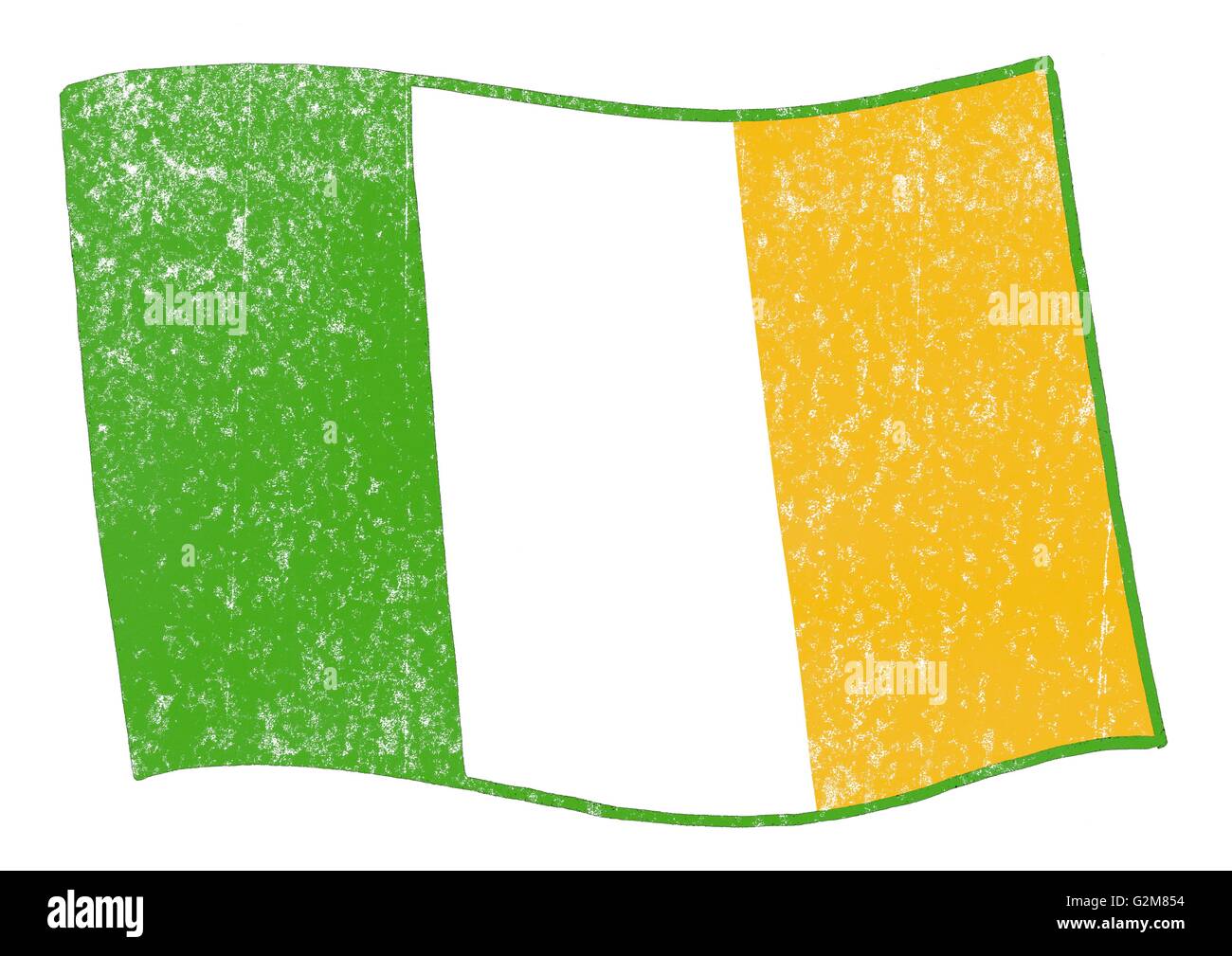The white yellow green flag has become a prominent symbol in various contexts around the world, representing diverse meanings and values. This flag, with its vibrant colors, carries historical, cultural, and sometimes political significance. Whether you're a history enthusiast, a culture explorer, or simply curious about flags, this article will provide an in-depth exploration of the white yellow green flag's origins, meanings, and applications.
Flags are more than just pieces of cloth; they are powerful symbols that convey messages, unite communities, and evoke emotions. The white yellow green flag is no exception. Its colors and design have deep roots in history, making it a fascinating subject to study.
In this article, we will delve into the origins of the white yellow green flag, its cultural and historical significance, and its modern-day applications. By the end, you'll have a comprehensive understanding of why this flag matters and how it continues to influence global conversations.
Read also:West Elm Sleeper Sofas The Ultimate Guide To Comfort And Style
Table of Contents
- The Origin of the White Yellow Green Flag
- Understanding the Symbolism of Colors
- Historical Significance of the Flag
- Cultural Impact and Global Recognition
- Modern Use of the White Yellow Green Flag
- Variations of the White Yellow Green Flag
- Political Context and Controversies
- Design Elements and Layout
- Flag Protocol and Etiquette
- Future Perspectives and Trends
The Origin of the White Yellow Green Flag
The white yellow green flag traces its origins back to various historical events and cultural movements. While its exact origin may differ depending on the context, the flag is often associated with independence movements, environmental awareness, and peace initiatives. Historians believe that the combination of these colors was chosen deliberately to represent harmony, prosperity, and sustainability.
Historical Events That Shaped the Flag
Several key historical events contributed to the creation and popularization of the white yellow green flag. For instance, during the early 20th century, many countries in Latin America adopted similar color schemes in their national flags, symbolizing unity and shared values. Additionally, environmental movements in the late 20th century embraced these colors to promote ecological conservation.
Cultural Significance
Culturally, the white yellow green flag resonates with communities that value peace, diversity, and environmental stewardship. It has been used in festivals, protests, and international gatherings to convey messages of hope and collaboration.
Understanding the Symbolism of Colors
Each color in the white yellow green flag holds specific meanings that contribute to its overall symbolism:
- White: Represents peace, purity, and neutrality.
- Yellow: Symbolizes prosperity, wealth, and optimism.
- Green: Stands for nature, growth, and sustainability.
Together, these colors create a powerful visual representation of a balanced and harmonious world.
Historical Significance of the Flag
The white yellow green flag has played a significant role in various historical milestones. From independence movements to environmental activism, the flag has been a unifying symbol for people striving for change.
Read also:Adam Sandler Politics A Comprehensive Look At His Involvement In Political Issues
Independence Movements
In many regions, the white yellow green flag became a rallying point for independence movements. Its colors inspired hope and resilience among those fighting for self-determination and freedom.
Environmental Activism
More recently, the flag has been embraced by environmental organizations to highlight the importance of protecting our planet. The green color, in particular, serves as a reminder of our responsibility to preserve natural resources for future generations.
Cultural Impact and Global Recognition
The cultural impact of the white yellow green flag extends beyond borders. It has been featured in movies, music, and art, further cementing its place in global consciousness. Celebrities and influencers have also used the flag to promote causes they care about, increasing its visibility and influence.
Global Recognition
According to a study by the International Flag Foundation, the white yellow green flag ranks among the most recognized non-national flags worldwide. Its universal appeal lies in its ability to transcend language and cultural barriers, making it a truly global symbol.
Modern Use of the White Yellow Green Flag
In today's world, the white yellow green flag continues to evolve in its applications. It is used in various contexts, from corporate branding to social media campaigns, showcasing its versatility and adaptability.
Corporate Branding
Many companies incorporate the white yellow green color scheme into their branding to convey messages of sustainability and responsibility. This trend aligns with growing consumer demand for eco-friendly products and services.
Social Media Campaigns
Social media platforms have become a powerful tool for spreading awareness about the white yellow green flag. Hashtags like #WhiteYellowGreen and #SustainableFuture have gained traction, encouraging people to engage with the cause.
Variations of the White Yellow Green Flag
While the basic design of the white yellow green flag remains consistent, there are several variations that cater to specific needs and preferences. These variations include different layouts, patterns, and additional elements.
Horizontal vs. Vertical Layout
Some variations feature horizontal stripes, while others use vertical stripes. Each layout offers a unique aesthetic appeal and can be chosen based on the intended use of the flag.
Additional Elements
Designers sometimes add symbols, emblems, or text to enhance the meaning of the flag. For example, a tree or leaf emblem may be included to emphasize environmental themes.
Political Context and Controversies
Like any powerful symbol, the white yellow green flag is not without its controversies. In some regions, its use has sparked debates about political motives and cultural appropriation. However, proponents argue that the flag's universal message transcends political boundaries.
Case Studies
Several case studies highlight the complexities surrounding the white yellow green flag's political context. For instance, in Country X, the flag was initially banned due to its association with a controversial movement, but later gained acceptance as a symbol of reconciliation.
Design Elements and Layout
The design of the white yellow green flag is carefully crafted to ensure maximum impact and visibility. Key elements include color proportions, symmetry, and simplicity.
Color Proportions
The proportions of white, yellow, and green are strategically chosen to create a balanced and aesthetically pleasing design. This balance is crucial for the flag's effectiveness as a symbol.
Symmetry and Simplicity
Symmetry and simplicity are guiding principles in flag design. A well-designed flag is easy to recognize and remember, making it more effective in conveying its message.
Flag Protocol and Etiquette
Proper flag protocol and etiquette are essential for maintaining respect and dignity when displaying the white yellow green flag. Guidelines cover aspects such as hoisting, lowering, and storage of the flag.
Hoisting and Lowering
The flag should be hoisted briskly and lowered ceremoniously. It is important to ensure that the flag is never allowed to touch the ground or become entangled during these processes.
Storage and Maintenance
When not in use, the flag should be stored in a clean, dry place to prevent damage. Regular maintenance, such as cleaning and repairing, helps preserve the flag's appearance and longevity.
Future Perspectives and Trends
Looking ahead, the white yellow green flag is poised to play an even more significant role in global conversations. As environmental and social issues continue to dominate the agenda, the flag's message of harmony and sustainability will resonate more strongly than ever.
Trends in Flag Usage
Emerging trends suggest that digital representations of the white yellow green flag will become increasingly common. Virtual flags in online platforms and augmented reality experiences offer new ways to engage with this powerful symbol.
Kesimpulan
The white yellow green flag is a remarkable symbol that embodies the values of peace, prosperity, and sustainability. Through its rich history, cultural impact, and modern applications, the flag continues to inspire and unite people across the globe. By understanding its origins and significance, we can appreciate its role in shaping our world.
We invite you to share your thoughts and experiences with the white yellow green flag in the comments section below. Additionally, feel free to explore other articles on our site for more insights into flags and their meanings. Together, let's celebrate the power of symbols to bring positive change!
Data Sources:
- International Flag Foundation
- Historical Archives
- Environmental Organizations


